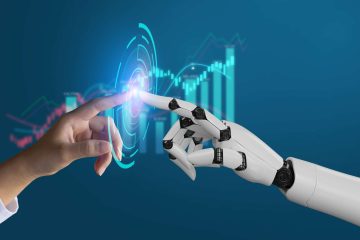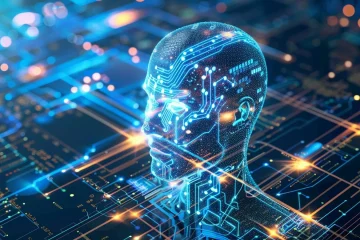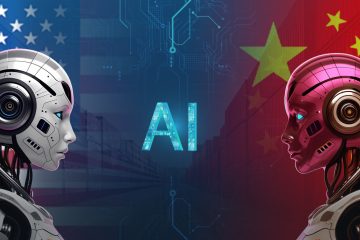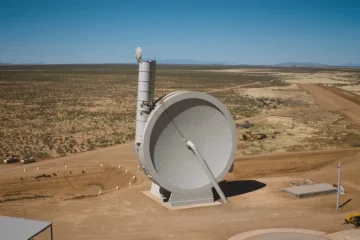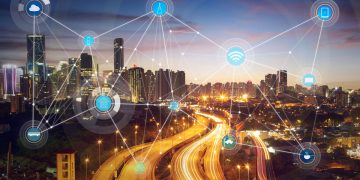Technology in the 2020s: Innovations, Challenges, and the Road Ahead
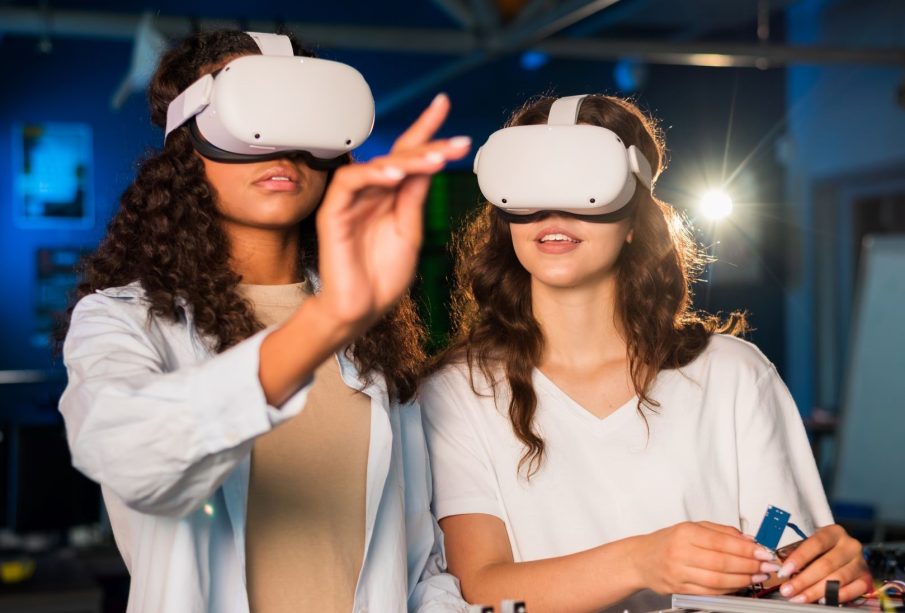
Technology has always been a driving force of human progress. From the invention of the wheel to the rise of the internet, each technological leap has reshaped society, the economy, and the way people live. The 2020s are no different, but what makes this era unique is the speed and scale of change. Technologies that once seemed futuristic—artificial intelligence, quantum computing, biotechnology, and autonomous systems—are becoming part of everyday life.
This article explores the state of technology today, the innovations defining this decade, the challenges that come with them, and where we might be headed in the near future.
1. Artificial Intelligence: The Brain of Modern Technology
Artificial Intelligence (AI) is arguably the most transformative technology of our time. Once limited to research labs, AI is now embedded in daily life.
-
Everyday AI: Recommendation engines on Netflix, voice assistants like Alexa, and predictive text on smartphones are all powered by AI.
-
Business Applications: Companies use AI for customer service chatbots, fraud detection, and supply chain optimization.
-
Creative AI: Generative AI tools can now write text, compose music, and even create artwork.
Yet, AI also raises concerns about job automation, algorithmic bias, and the ethical use of data. The challenge ahead lies in balancing innovation with responsibility.
2. Cloud Computing and the Era of Connectivity
The rise of cloud computing has redefined how we access and store information. Instead of relying on local servers, businesses and individuals use platforms like AWS, Microsoft Azure, and Google Cloud to store, process, and analyze data.
-
Scalability: Cloud services allow startups and enterprises to scale quickly without heavy infrastructure costs.
-
Remote Work: The cloud made global collaboration possible during the COVID-19 pandemic, enabling millions to work from home.
-
Future Potential: Edge computing—processing data closer to where it is generated—will reduce latency and improve services like autonomous vehicles and IoT.
Cloud computing ensures connectivity in a world where information flows nonstop.
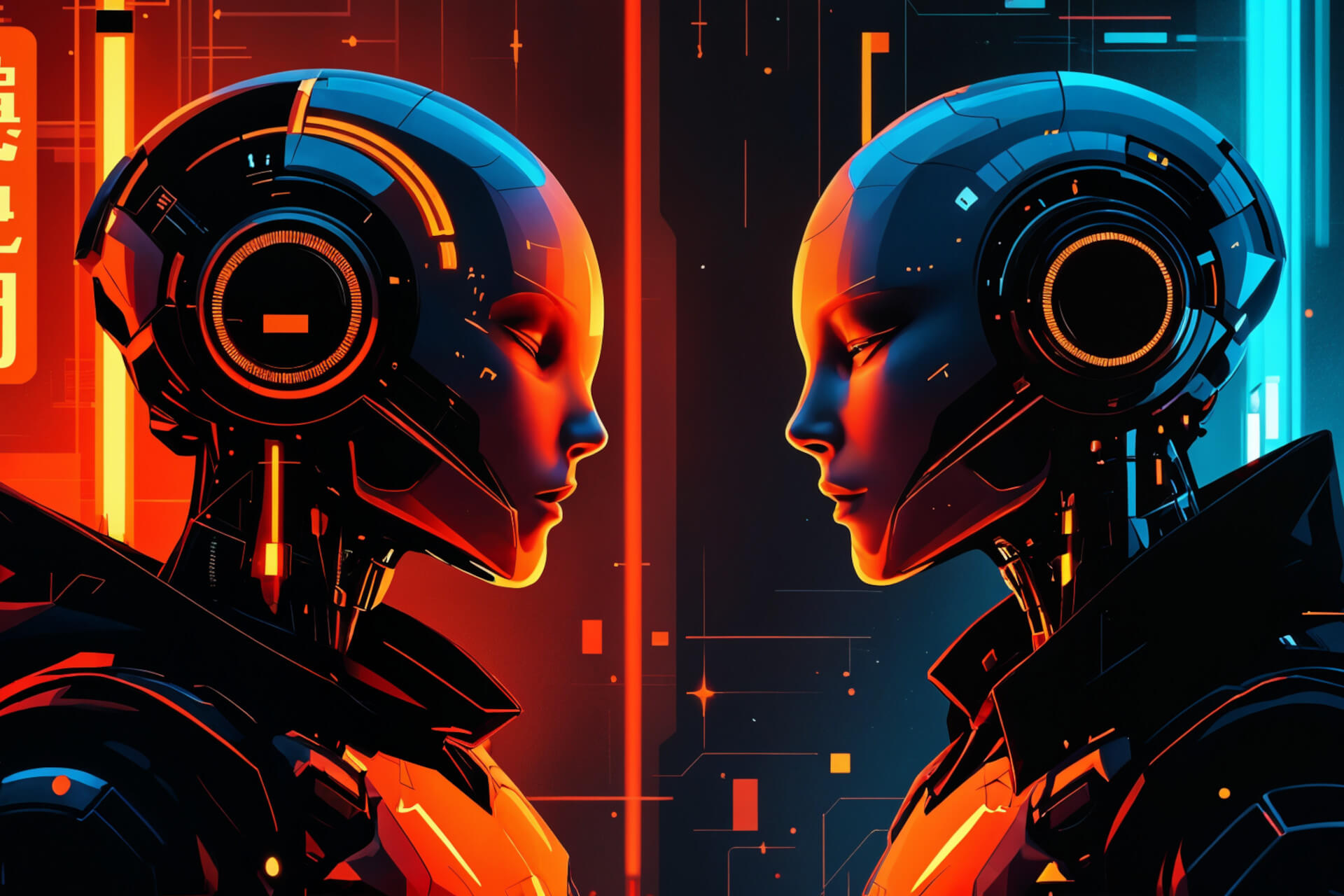
3. The Internet of Things (IoT)
The Internet of Things connects billions of devices, from smartwatches to industrial sensors, all sharing data in real time.
-
Smart Homes: Devices like thermostats, security cameras, and voice-controlled assistants make homes more efficient.
-
Healthcare IoT: Wearables track heart rates, sleep cycles, and fitness levels, empowering individuals and aiding doctors.
-
Industrial IoT: Factories use IoT sensors to monitor equipment, reduce downtime, and improve safety.
The biggest challenge for IoT is security. With more devices connected, the attack surface for hackers increases, making cybersecurity essential.
4. Cybersecurity in a Hyper-Connected World
As technology grows more powerful, so do the risks. Cybersecurity has become one of the most pressing issues of the digital age.
-
Ransomware Attacks: Businesses and governments have faced major disruptions from ransomware, costing billions annually.
-
Data Privacy: Regulations like GDPR and CCPA aim to protect personal information, but data misuse remains a concern.
-
Zero Trust Security: This model assumes no one—inside or outside an organization—should be trusted automatically, requiring constant verification.
In the coming years, cybersecurity will be a decisive factor in whether technologies succeed or fail.
5. The Promise of 5G and Beyond
The rollout of 5G networks is transforming connectivity by offering higher speeds and lower latency.
-
Mobile Experiences: 5G enables seamless video streaming, gaming, and real-time communication.
-
Autonomous Systems: Self-driving cars, drones, and robotic delivery systems rely on 5G’s ultra-low latency.
-
Industrial Uses: Factories and healthcare systems benefit from reliable, high-speed connections for automation and telemedicine.
Looking forward, research on 6G networks promises even more speed and integration with AI-driven systems.
6. Quantum Computing: Breaking Boundaries
Quantum computing, though still in its early stages, could revolutionize fields like cryptography, pharmaceuticals, and logistics.
-
Processing Power: Unlike classical computers, quantum machines use qubits, which can represent multiple states simultaneously, solving complex problems much faster.
-
Real-World Applications: Companies like IBM, Google, and startups are racing to make quantum computing commercially viable.
-
Challenges: High costs, error rates, and the need for extreme conditions (like near-absolute-zero temperatures) remain barriers.
When scalable, quantum computing could outpace today’s supercomputers, redefining what’s possible.
7. Biotechnology and the Tech-Health Convergence
Technology is merging with biology, reshaping healthcare and human potential.
-
Genomics: Advances in gene sequencing allow for personalized medicine tailored to an individual’s DNA.
-
Wearable Health Tech: Smart devices track vital signs, enabling early diagnosis and preventative care.
-
Bioprinting: 3D printing of tissues and organs is moving closer to reality, offering potential solutions for organ shortages.
The ethical questions surrounding biotechnology—such as genetic editing—will shape how far society is willing to go.
8. Green Technology and Sustainability
Technology is not only about innovation but also about responsibility. The demand for green tech is growing as climate change becomes urgent.
-
Renewable Energy: Solar, wind, and battery storage innovations are reducing reliance on fossil fuels.
-
Electric Vehicles (EVs): Tesla, Rivian, and traditional automakers are accelerating the shift toward EVs.
-
Smart Grids: IoT-powered energy grids improve efficiency and reduce waste.
Sustainability is no longer optional—it’s a defining feature of future technology.
9. The Human Side of Technology
For all its power, technology is only as valuable as its impact on human life.
-
Digital Divide: Billions still lack reliable internet access, limiting their participation in the digital economy.
-
Mental Health: Excessive screen time and digital overload pose challenges, requiring balance and awareness.
-
Education and Workforce: Technology demands new skills, making lifelong learning essential for adapting to change.
Ensuring inclusivity and human-centered design is critical to building technology that benefits everyone.
10. The Future: Where Are We Headed?
Looking ahead, technology will continue to evolve rapidly. Some trends that may define the next decade include:
-
Artificial General Intelligence (AGI): Moving beyond narrow AI to machines capable of human-like reasoning.
-
Space Technology: Private companies are driving exploration, with potential for space tourism and asteroid mining.
-
Brain-Computer Interfaces: Direct communication between the brain and machines could redefine human-computer interaction.
-
Metaverse and Beyond: Digital and physical realities will merge, creating new opportunities for work, play, and social interaction.
The challenge is ensuring these innovations align with ethical, social, and environmental values.

Conclusion
Technology is not just about machines and code—it is about people, societies, and futures. The innovations of the 2020s are reshaping every aspect of life, from communication and healthcare to energy and education. While opportunities abound, challenges such as cybersecurity threats, ethical dilemmas, and inequality demand thoughtful solutions.
The road ahead is both exciting and uncertain. One thing is certain, however: technology will remain the most powerful force shaping our world. The question is not whether we can build it, but whether we can build it wisely, responsibly, and inclusively.

